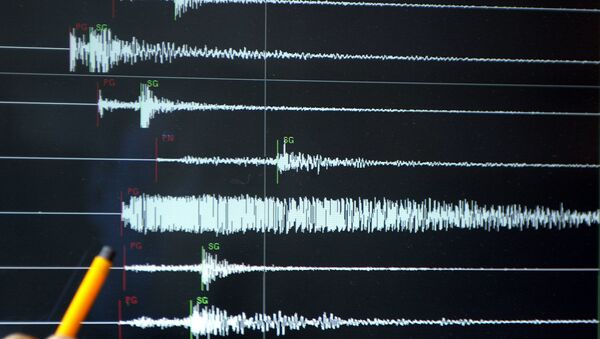A new study, released Wednesday by the journal Seismological Research Letters, warns that California's recent lack of earthquakes is unlike any other paleoseismic period in the last 1,000 years.
Researchers from the US Geological Survey analyzed long paleoseismic records from three fault locations — San Andreas, San Jacinto and Hayward — and identified eight strong quakes that occurred between 1800 and 1918. These include the historic 1906 earthquake which destroyed most of San Francisco and a similar one in 1857 in southern California. The strength of these quakes tore through the surface of the earth's crust.
The sojourn in quakes that are comparable in size is what the study points to as "exceptional." While the lack of destructive seismic events has been a blessing, experts know that the relative calm can only last so long, and they can't be sure when or where the next powerful quake will hit.
"If our work is correct, the next century isn't going to be like the last one, but could be more like the century that ended in 1918," lead researcher Glenn Biasi said in a statement.
"We know these big faults have to carry most of the [tectonic] motion in California, and sooner or later they have to slip. The only questions are how they're going to let go and when."
In recent years, there have been only three earthquakes that reached magnitude six or higher, CBS Sacramento reports. By comparison, the University of California at Berkeley's Seismology Lab states that the 1906 San Francisco quake had a magnitude between 7.7 and 7.9.



